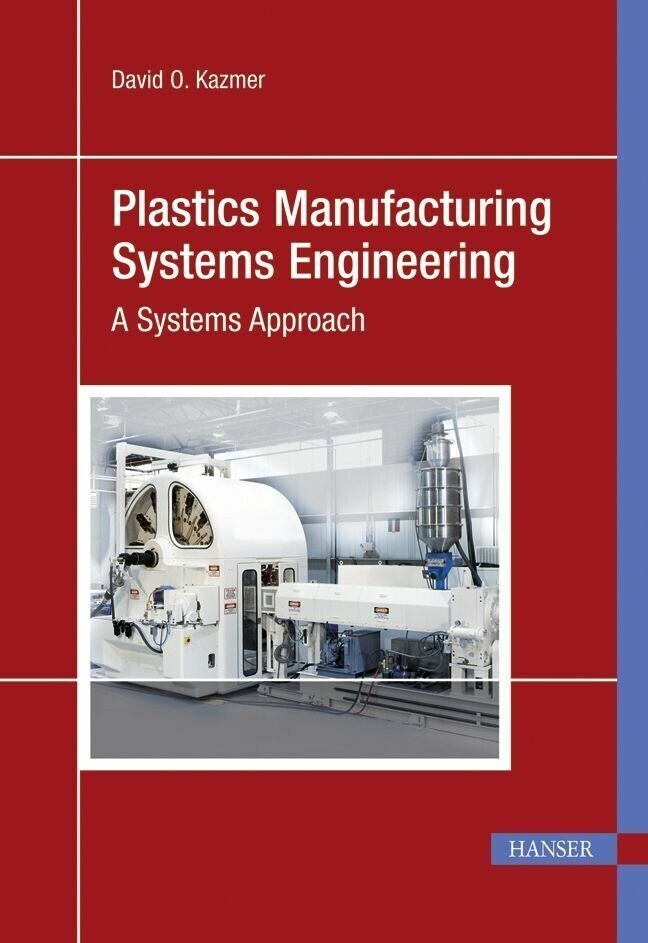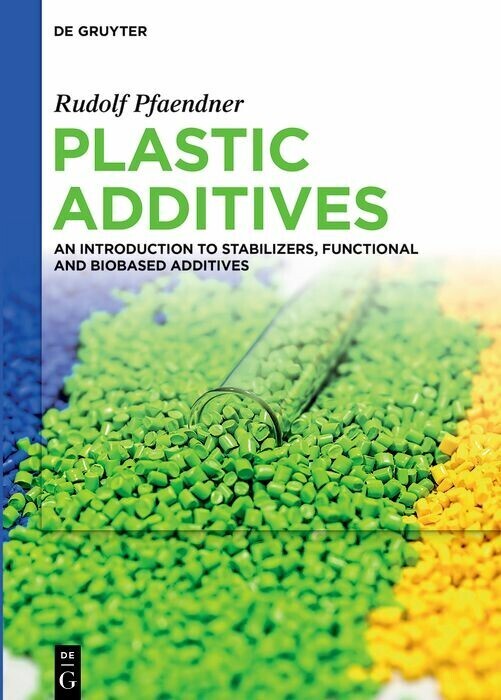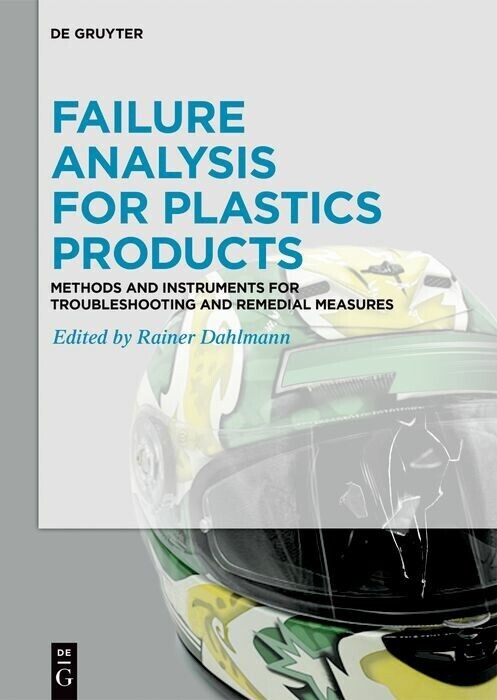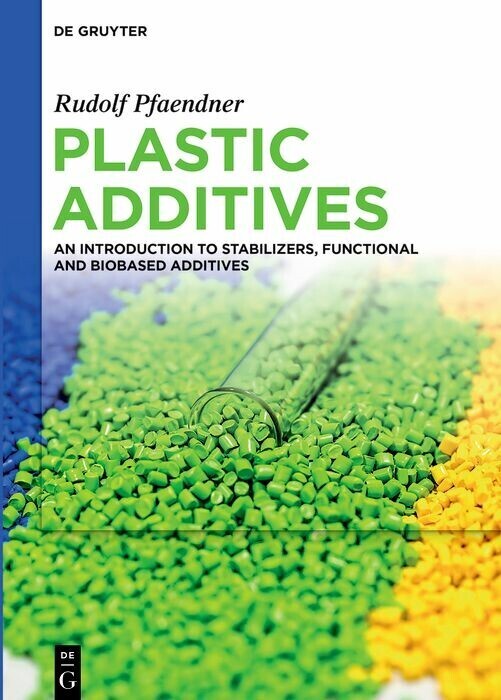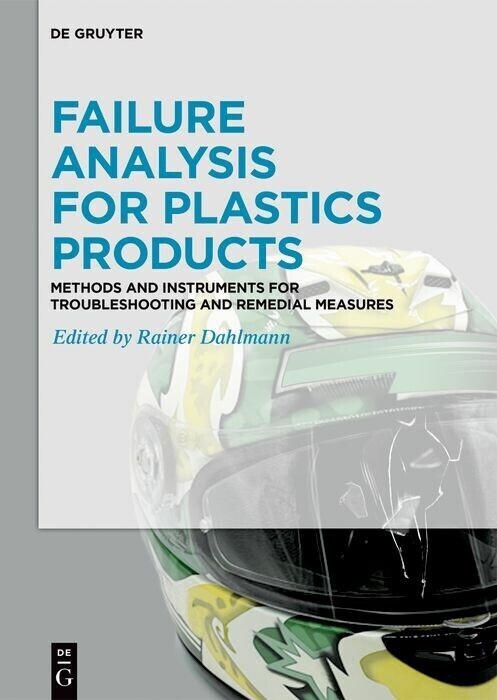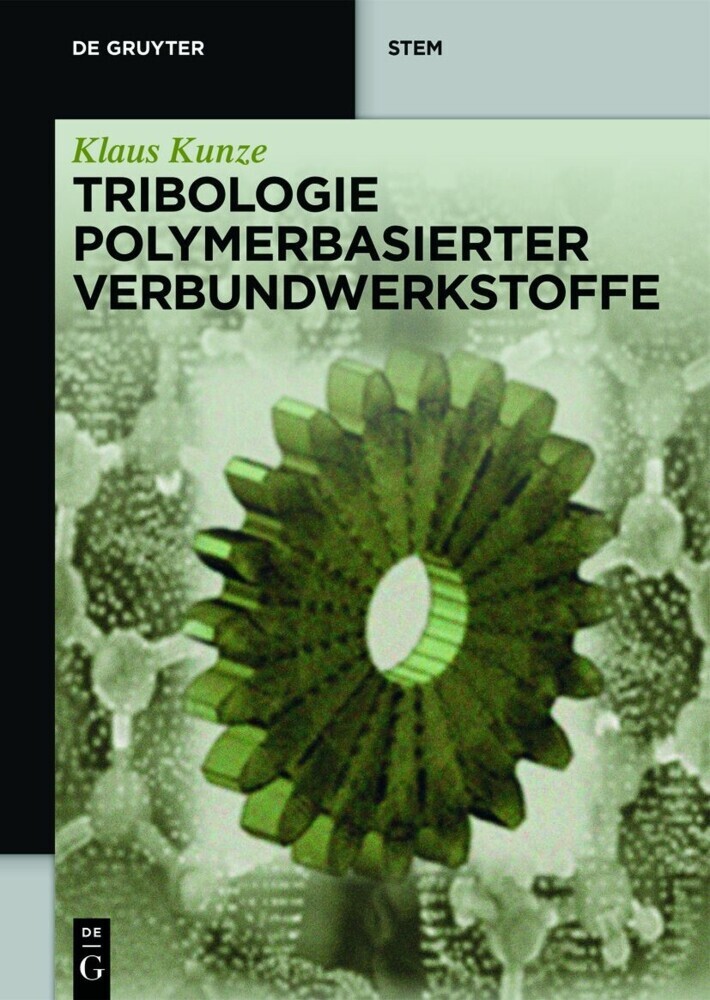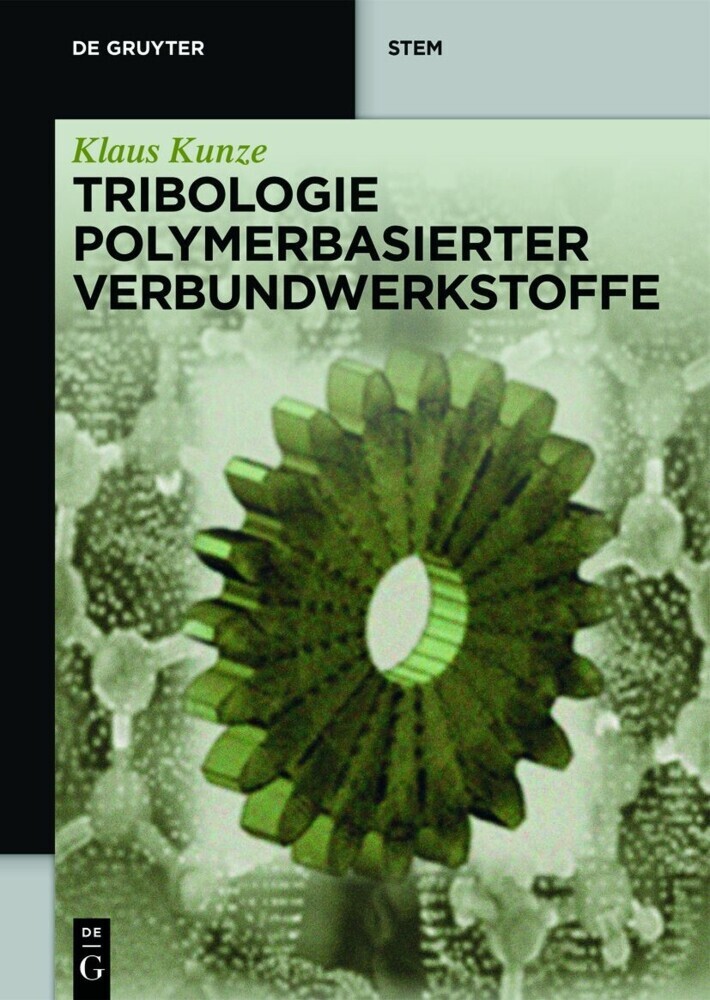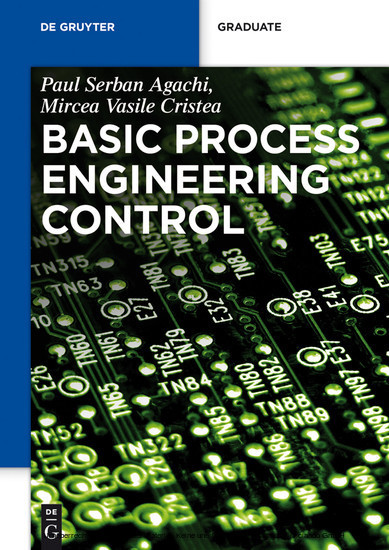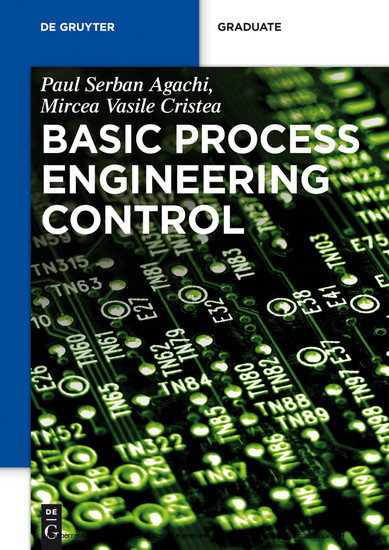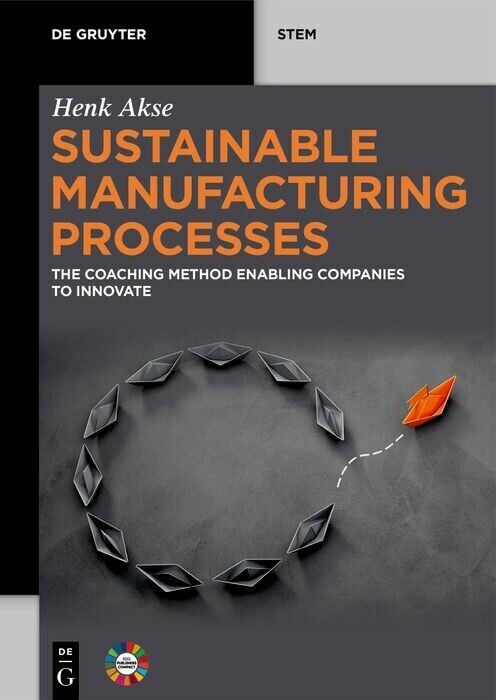Plastics Manufacturing Systems Engineering
Plastics manufacturing is a highly interdisciplinary endeavor requiring knowledge related to materials science, physics, engineering, and management. Because of this diversity, the plastics process engineer interacts with many stakeholders including customers, designers, materials suppliers, machine builders, mold/die suppliers, systems integrators, operators, quality engineers, managers, and others. With so many stakeholders involved, it isn't surprising that many plastics manufacturing processes are not precisely engineered systems. The resulting processes can be poorly designed, requiring too much investment
to achieve too little productivity.
This book was written to educate and support plastics processing engineers, but is also highly useful to others involved with plastics manufacturing who are performing process development, research, and even machinery design. A manufacturing systems engineering approach was used to provide guidance about plastics manufacturing as an integrated system with broadly applicable analysis of the underlying subsystems
David O. Kazmer (Ph.D. Mechanical Engineering, Stanford University) is Professor at the Department of Plastics Engineering at the University of Massachusetts Lowell. He performs research and teaches courses related to plastics product and process development. He was also Chair of the Department of Engineering at the University of Massachusetts Lowell from 2016 to 2019. Prior to his current appointment, he was an Applications Engineer at General Electric and Director of Research and Development at Synventive HotRunners. He is a licensed professional manufacturing engineer, and is a fellow of the American Society of Mechanical Engineers and the Society of Plastics Engineers. He is also the recipient of the ASME Kos Ishii-Toshiba Award for sustained, meritorious contributions to the field of design for manufacturing.
to achieve too little productivity.
This book was written to educate and support plastics processing engineers, but is also highly useful to others involved with plastics manufacturing who are performing process development, research, and even machinery design. A manufacturing systems engineering approach was used to provide guidance about plastics manufacturing as an integrated system with broadly applicable analysis of the underlying subsystems
David O. Kazmer (Ph.D. Mechanical Engineering, Stanford University) is Professor at the Department of Plastics Engineering at the University of Massachusetts Lowell. He performs research and teaches courses related to plastics product and process development. He was also Chair of the Department of Engineering at the University of Massachusetts Lowell from 2016 to 2019. Prior to his current appointment, he was an Applications Engineer at General Electric and Director of Research and Development at Synventive HotRunners. He is a licensed professional manufacturing engineer, and is a fellow of the American Society of Mechanical Engineers and the Society of Plastics Engineers. He is also the recipient of the ASME Kos Ishii-Toshiba Award for sustained, meritorious contributions to the field of design for manufacturing.
1;Dedication;62;Acknowledgement;83;Table of Contents;104;Preface;185;1Background;205.1;1.1Plastics Industry Review;205.1.1;1.1.1Manufacturing Productivity;205.1.2;1.1.2Manufacturing Cost Breakdown;235.1.3;1.1.3Characteristics of Productive Plastics Manufacturers;255.2;1.2Manufacturing and Strategic Planning;275.2.1;1.2.1Manufacturing Planning;275.2.2;1.2.2Manufacturing System Design;305.2.3;1.2.3Strategic Planning;325.3;1.3Engineering Economics;355.3.1;1.3.1Payback Period;375.3.2;1.3.2Net Present Value;375.3.3;1.3.3Internal Rate of Return;395.4;1.4Summary;416;2Plastics Manufacturing Systems;446.1;2.1Overview of Plastics Processing;446.1.1;2.1.1Extrusion;456.1.2;2.1.2Blow Molding;466.1.3;2.1.3Injection Molding;476.1.4;2.1.4Thermoforming;486.2;2.2Characteristics;496.2.1;2.2.1Closed Loop Control;496.2.2;2.2.2Open Loop Control;516.2.3;2.2.3Dynamic Control;536.2.4;2.2.4Control Modes;546.2.5;2.2.5Control Architectures;566.2.6;2.2.6Automatic Control;586.3;2.3Performance Measurement;596.3.1;2.3.1Dynamic Response;606.3.2;2.3.2Repeatability;616.3.3;2.3.3Productivity;636.4;2.4Summary;657;3Heating and Cooling;667.1;3.1Specifications;667.1.1;3.1.1Power Output;677.1.2;3.1.2Actuator Efficiency;687.1.3;3.1.3Linearity;697.1.4;3.1.4Consistency;707.1.5;3.1.5Failure Rate and Mode;717.1.6;3.1.6Cost;727.1.7;3.1.7Operating Requirements;737.2;3.2Heating;757.2.1;3.2.1Conduction Heaters;767.2.2;3.2.2Radiant Heaters;807.2.3;3.2.3Heater Controls;837.3;3.3Cooling;877.3.1;3.3.1Coolants;877.3.2;3.3.2Coolant Temperature Controllers;897.4;3.4Transient Analysis;927.4.1;3.4.1Lumped Thermal Capacitance;927.4.2;3.4.2Finite Thickness Model;977.5;3.5Summary;1018;4Hydraulics and Pneumatics;1048.1;4.1Specifications;1058.2;4.2Pumps and Compressors;1078.2.1;4.2.1Gear Pump;1098.2.2;4.2.2Vane Pump;1108.2.3;4.2.3Piston Pump;1118.3;4.3Fluid Conditioning;1138.3.1;4.3.1Filters;1138.3.2;4.3.2Heat Exchangers;1158.3.3;4.3.3Accumulators;1168.3.4;4.3.4Relief Valves;1188.3.5;4.3.5Pressure Regulators;1198.4;4.4Actuators;1218.4.1;4.4.1Cylinders;1218.4.2;4.4.2Motors;1258.5;4.5Control Valves;1278.5.1;4.5.1Directional Valves;1308.5.2;4.5.2Metering Valves;1318.6;4.6Dynamic Analysis;1358.6.1;4.6.1Valve Dynamics;1358.6.2;4.6.2Fluid Dynamics;1378.6.3;4.6.3Machine Dynamics;1408.7;4.7Summary;1429;5Electric Drives;1449.1;5.1Introduction;1449.1.1;5.1.1Electromagnetism;1449.1.2;5.1.2Electromotive Forces;1469.1.3;5.1.3Common Motor Types;1479.1.4;5.1.4Typical Specifications;1489.2;5.2Linear Solenoids;1499.3;5.3DC Motors;1529.3.1;5.3.1DC Brushed Motors;1529.3.2;5.3.2DC Brushless Motor;1539.3.3;5.3.3Analysis;1549.3.4;5.3.4DC Motor Controls;1579.4;5.4AC Induction Motors;1599.4.1;5.4.1Design;1609.4.2;5.4.2Analysis;1619.4.3;5.4.3Behavior;1649.4.4;5.4.4AC Motor Controls;1669.5;5.5Other Motors;1689.5.1;5.5.1Stepper Motors;1689.5.2;5.5.2Linear Motors;1719.6;5.6Motor Specification Guidelines;1729.7;5.7Summary;17410;6Process Sensors;17610.1;6.1Specifications;17610.1.1;6.1.1Sensitivity, Responsivity, and Resolution;17610.1.2;6.1.2Response Time;17810.1.3;6.1.3Precision and Accuracy;18010.1.4;6.1.4Linearity and Hysteresis;18110.1.5;6.1.5Range;18410.1.6;6.1.6Life Expectancy;18510.1.7;6.1.7Size;18610.1.8;6.1.8Calibration;18710.2;6.2Temperature Sensors;18810.2.1;6.2.1Thermocouples;18810.2.2;6.2.2Resistance Temperature Detectors;19110.2.3;6.2.3Infrared Pyrometers;19210.3;6.3Force and Pressure Sensors;19410.3.1;6.3.1Strain Gages;19410.3.2;6.3.2Load Cells;19610.3.3;6.3.3Pressure Transducers;19810.4;6.4Displacement Sensors;20110.4.1;6.4.1Resistive Sensors;20210.4.2;6.4.2Inductance Sensors;20310.4.3;6.4.3Magnetostrictive Sensors;20410.4.4;6.4.4Optical Encoders;20510.4.5;6.4.5Laser Interferometers;20610.5;6.5Summary;20611;7Signal Conditioning;20811.1;7.1Conversion;20811.1.1;7.1.1Resistance to Voltage;20811.1.2;7.1.2Bridge Circuits;20911.1.3;7.1.3Current to Voltage;21411.2;7.2Amplification;
Kazmer, David O.
| ISBN | 9783446430143 |
|---|---|
| Artikelnummer | 9783446430143 |
| Medientyp | E-Book - PDF |
| Copyrightjahr | 2009 |
| Verlag | Carl Hanser Fachbuchverlag |
| Umfang | 502 Seiten |
| Sprache | Englisch |
| Kopierschutz | Digitales Wasserzeichen |

